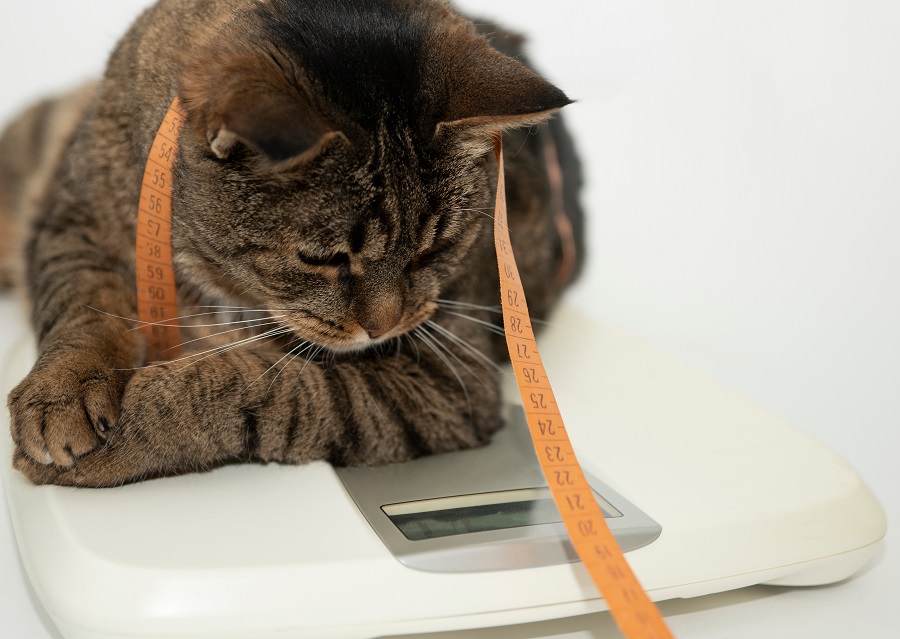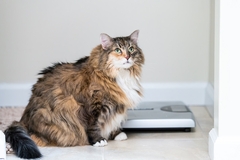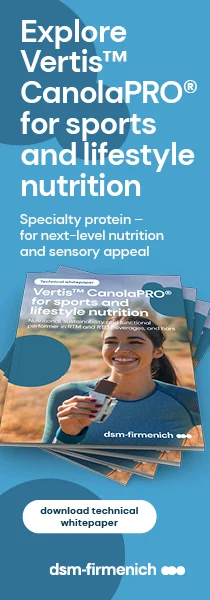GLP-1s for cats? Akston launches clinical research for pet weight management approach
Key takeaways
- Akston is launching clinical research at Cornell University, US, to test a once-weekly GLP-1 protein therapy for weight management in overweight cats.
- The therapy aims to address feline obesity, which is a highly common and currently ineffectively treated health issue in veterinary medicine.
- Preclinical studies showed no adverse effects in laboratory cats, and the company anticipates a significant market potential due to the high prevalence of overweight cats.
Biotech pet nutrition specialist Akston has spearheaded new clinical research at Cornell University College of Veterinary Medicine, US, to assess its once-weekly GLP-1 protein designed to help cats regulate their appetite for better weight management.
The trial will assess the next-generation therapy over roughly three months in domestic cats affected by excess weight. Akston is also advancing an analogous GLP-1 program for dogs, which is approximately six months behind the feline program.
The therapy was designed using the company’s proprietary Fc-fusion protein platform, which designs, synthesizes, and tests therapies “more quickly and cost-effectively, while precisely tailoring immune system interactions to achieve extended duration of action.”
“Feline obesity is one of the most common yet least effectively treated health issues in veterinary medicine,” says Todd Zion, Ph.D., co-founder and chief executive officer of Akston. “By advancing a once-weekly GLP-1 therapy, we’re addressing a real unmet need and aiming to give cats the chance at longer, healthier lives.”
No adverse effects for pets
Cornell University is screening candidate cats to participate in the study, which aims to enroll 70 cats with the option to expand to 140.
In preclinical studies conducted at Cornell University in laboratory cats, no adverse effects or unanticipated events were observed when the GLP-1 protein was administered once-weekly.

 In preclinical studies, no adverse effects or unanticipated events were observed when the GLP-1 protein was administered once-weekly.Backed by veterinary pharmaceutical manufacturing investment and successful clinical results, Akston anticipates “significant market potential for companion-animal obesity therapies.”
In preclinical studies, no adverse effects or unanticipated events were observed when the GLP-1 protein was administered once-weekly.Backed by veterinary pharmaceutical manufacturing investment and successful clinical results, Akston anticipates “significant market potential for companion-animal obesity therapies.”
“Delivering a tool for veterinarians to more effectively manage cats with excess weight would be a true breakthrough, offering a safe and effective option where one doesn’t currently exist,” says Patrick Carney, Ph.D., associate professor of Clinical Sciences at Cornell University College of Veterinary Medicine.
“We are pleased to see the enthusiasm of cat owners looking to enroll their pets and provide the data needed for the regulatory approval process.”
Akston notes that being overweight is one of the most prevalent issues among cats. Data from the Association for Pet Obesity Prevention (APOP) reveals 61% of US cats were classified as overweight or obese in 2022, stressing the need for new veterinary care tools.
Meanwhile, pet health awareness among owners is rising as 33% of US cat owners categorized their cats as overweight or obese, compared to 28% in 2023 in the APOP 2024 Pet Weight & Nutrition Opinion Survey.
The trend of “humanization” in pet nutrition — where pet owners increasingly prefer to serve their companions food and supplements that are fit for human consumption — was in focus at this year’s Vitafoods Europe trade fair. The event’s newly introduced Pet Nutrition Hub showcased innovations in functional foods and supplements targeting weight management, dental care, immunity, and overall wellness.















